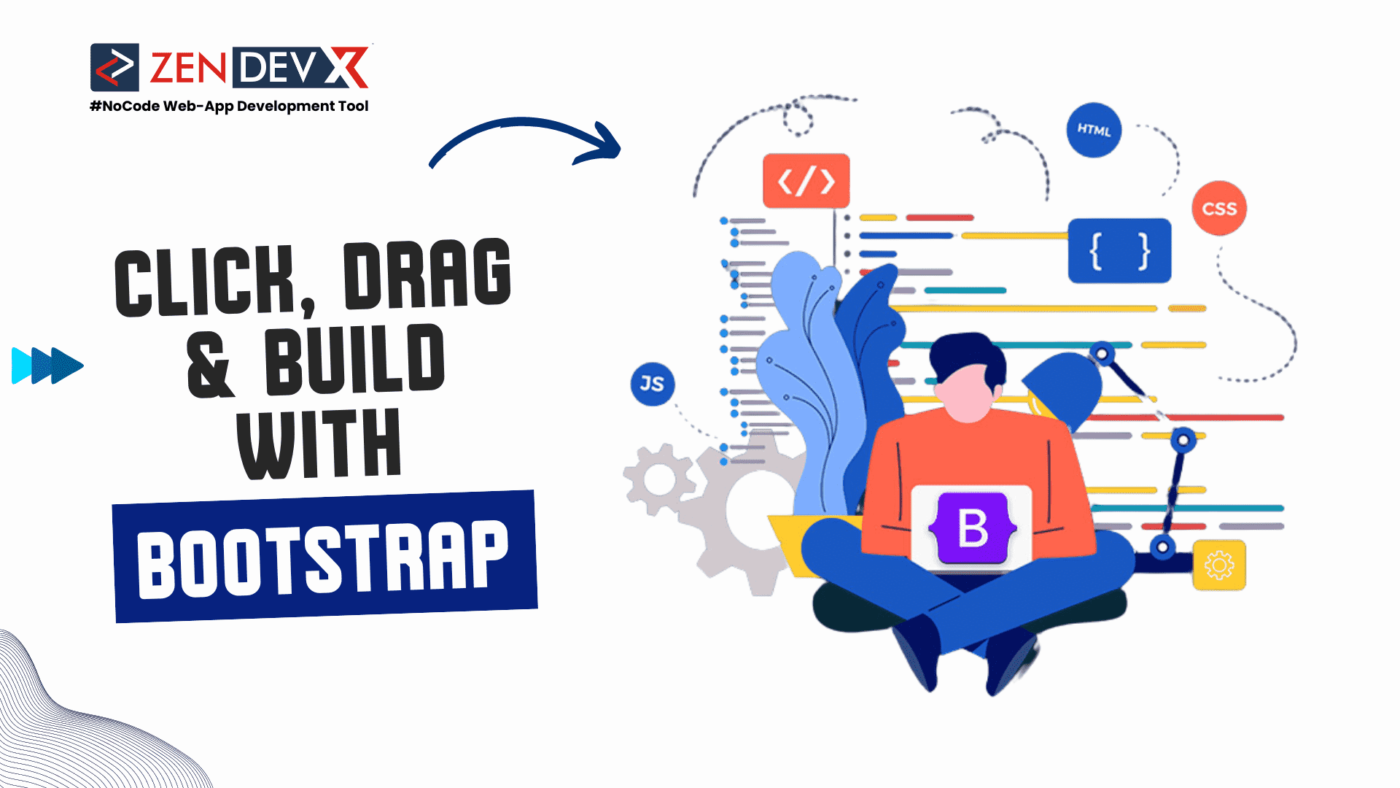HTML5, the most recent version of the HyperText Markup Language, has transformed online development by including fresh features and capabilities that improve website usability and functionality.
What is HTML5 ?
The fifth and most recent major version of HTML is HTML5, the accepted markup language for building online pages. Officially published in October 2014, it was created by the World Wide Web Consortium (W3C) and
the Web Hypertext Application Technology Working Group (WHATWG). HTML5 seeks to make HTML readily readable by people and reliably understood by computers and devices while also improving the language with support for the newest multimedia.
the Web Hypertext Application Technology Working Group (WHATWG). HTML5 seeks to make HTML readily readable by people and reliably understood by computers and devices while also improving the language with support for the newest multimedia.
Characteristics :
HTML5 brings various fresh elements, properties, and APIs extending web page capability:
- New Semantic Elements
HTML5 features fresh semantic elements including <header>, <footer>, <article>, <section>,< nav> and <aside>. These components provide online material with greater structure and purpose, enhancing SEO and access. - Audio & Video Support
HTML5 provides native audio and video playback capability via the <audio> and <video> elements. This simplifies media integration and eliminates the need for other plugins like Flash. - Canvas element
The <canvas> element lets 2D forms and bitmap graphics be dynamically, scriptable rendered. This is especially beneficial for creating images, animations, and interactive games directly in the browser. - Geolocation API
HTML5 comprises a Geolocation API that lets web apps, with user permission, access a user’s geographical location. Applications and location-based businesses will find this helpful. - Local Storage
Two client-side data storage techniques offered by the Web Storage API are `localStorage` and `sessionStorage.` These techniques provide a more effective and safe approach to data storage than cookies. - WebSockets
HTML5 presents WebSockets, a mechanism allowing fully dual-channel communication via a single TCP connection. This would be perfect for live conversations and online games, as it enables real-time communication between the client and server. - Form Enhancements
HTML5 improves forms with additional input types (e.g., ’email’ ,’URL’, `date,` `number`) and attributes (e.g., `required,` `placeholder,` `pattern`). These advances improve user experience and form validation.
Advantages :
HTML5 offers web development many benefits:
- Improved Semantics & Accessibility
The new semantic features provide websites with a clearer framework, increasing their accessibility to screen readers and search engines. - Enhanced multimedia support
Native audio and video support improves efficiency and security by enabling more straightforward embedding of media material, lowering dependence on outside plugins. - Better User Experience
HTML5’s new input types and features improve form usability and validation, improving form validity and usability and smoothing the user experience. - Offline Capabilities
The Web Storage API and Application Cache let web apps be accessed offline, enhancing their dependability and performance. - Cross-platform Compatibility
HTML5 guarantees a consistent experience across several platforms by operating on a wide range of devices, from desktop computers to mobile phones.
Disadvantages :
HTML5 offers several difficulties even if its numerous advantages:
- Browser Compatibility
Although most HTML5 capabilities are supported in contemporary browsers, developers must still deal with compatibility problems and inconsistencies. One can assist in reducing these problems by applying polyfills and feature detection. - Learning Curve
Learning the new elements, properties, and APIs in HTML5 may require more time and effort for developers who have used previous iterations of HTML. - Security Concerns
The enhanced HTML5 capabilities—access to local storage and geolocation, among other things—raise possible security and privacy issues. To safeguard user information, developers must implement correct security policies. - Performance Issues
Inappropriate usage of fresh features like WebSockets or `canvas** could cause performance bottleneck. Maintaining performance depends on best practices and optimized codes.
Conclusion :
HTML5 has changed the field of web development by offering strong new tools and features, improving the usability and functionality of websites. Modern web development depends on this technology because of its enhanced semantics, multimedia support, and offline capabilities. Although security issues and browser compatibility are factors to consider, the advantages of HTML5 much exceed these negatives. Using HTML5’s full capability will help developers produce more dynamic, engaging, and easily accessible online apps that satisfy today’s consumer needs.


